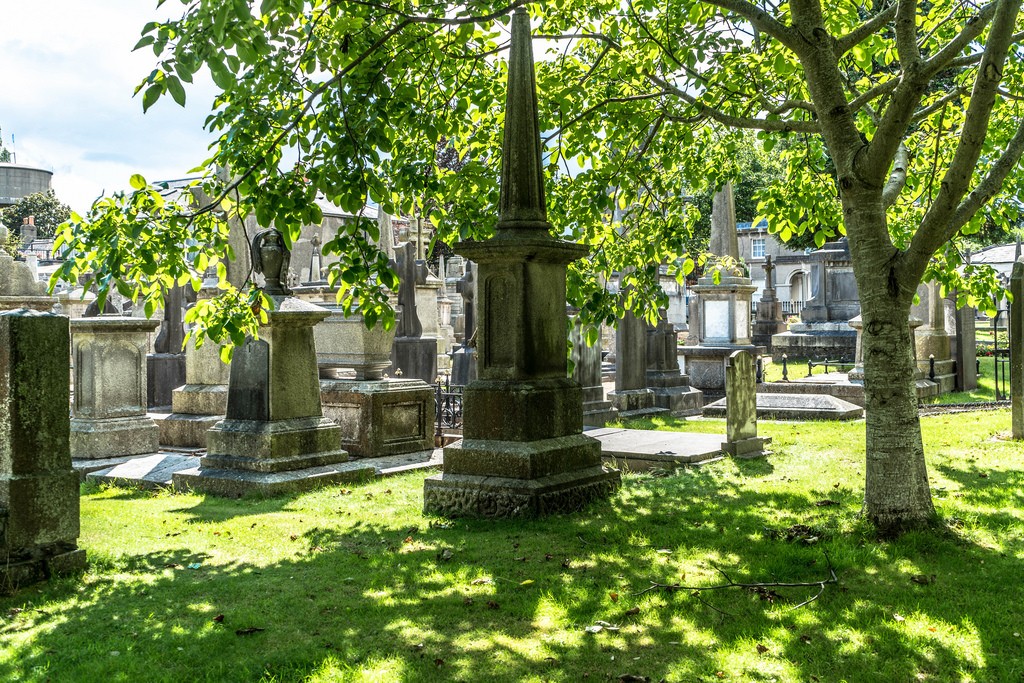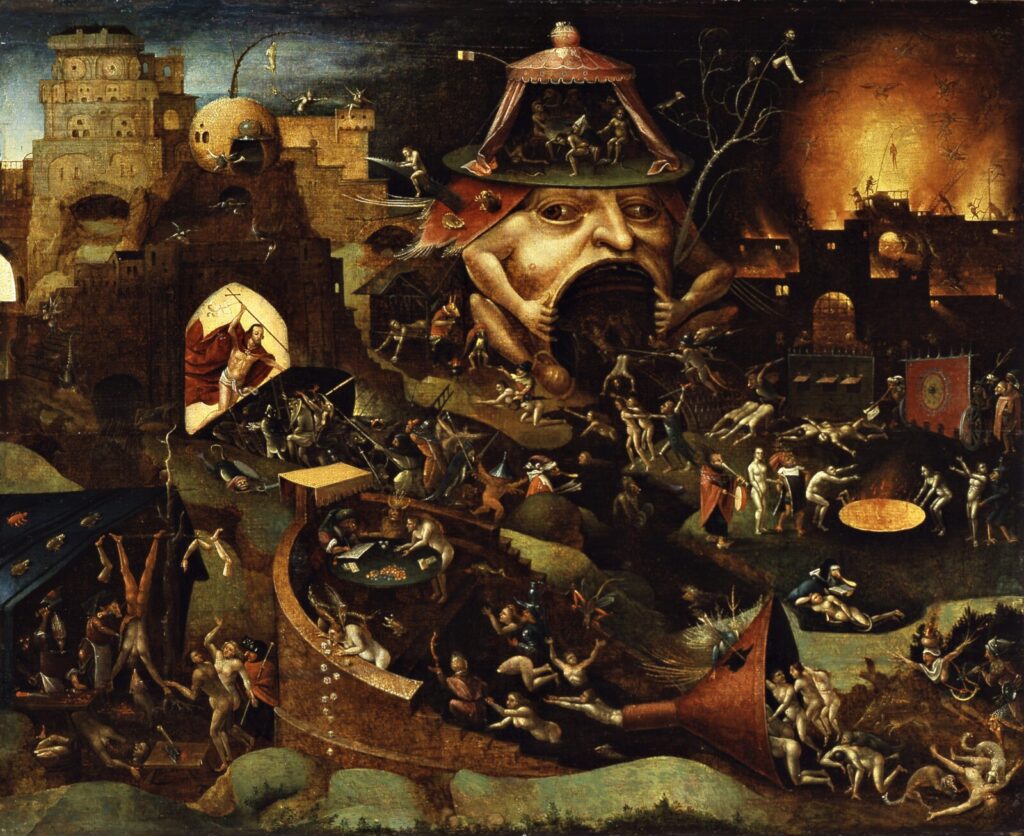The Lexington Philharmonic gave their second concert of the 2018-2019 season this Friday evening at Singletary Center for the Arts on the Lexington campus of the University of Kentucky. While there was only one piece on the program, the monumental Requiem by Giuseppe Verdi, the concert required a larger-than-usual Philharmonic Orchestra, a full set of four soloists, and over 150 singers drawn from Berea College, Asbury University, Transylvania University, and Eastern Kentucky University.
Conductor Scott Terrell, in his final season at the Philharmonic, led the orchestra and singers for a passionate and fiery (even occasionally apocalyptic) performance. To understand the depth of of the performance required, it might be helpful to discuss the history of the Requiem (Mass for the Dead).

Verdi wrote the Requiem between 1868 and 1874, and was composed to commemorate the death of the Italian poet & author Alessandro Manzoni, who was a friend of Verdi’s. (Verdi had written the final movement, titled Libera Me (Deliver Me), for a concert commemorating the death of fellow composer Gioachino Rossini, but had shelved it for several years). For a time after it was called the Manzoni Requiem, but as the reputation of the piece grew it lost its specific connotations.
The piece today is one of the most widely-performed choral works, despite the fact that it calls for a rather large orchestra & choir, as well as the efforts of four soloists.
On a historical note, the inclusion of the female voices, and particularly the female soloists, was a point of minor controversy at the time of the Requiem’s premiere; women were not allowed to participate in the performance of the funerary rites of the Catholic Church at the time.
But what a loss it would have been on Friday evening had the soprano and mezzo-soprano parts never been written! D’ana Lombard as the soprano and Nancy Maultsby as the mezzo soloists were practical forces of nature, firing their voices across the length of the hall over the roars of an orchestra that included 8 trumpets. Maultsby in particular gave a sublime performance, by turns measured in a mournful lyricism and soaring on the passionate declamatory sections.
Stylistically, the piece is noted for its operatic, theatrical tone—fitting, as Verdi was primarily an opera composer (as he is still known as such today). The height of this style comes early in the piece, with the Dies Irae (usually translated as The Day of Wrath or The Day of Judgment); this movement is most likely the most familiar piece of the Requiem for most listeners—it’s been used in everything from The Simpsons to Mad Max: Fury Road and Django Unchained.
The combined collegiate choirs boomed, rang, and descanted their way through the almost-demonic Dies Irae, the full performance of which took about half an hour. While the choir has the showy (and memorable) opening theme, bass soloist Peixin Chen dazzled with the full range of the low voice through the Mors Stupebit (Death is Struck) section. The orchestra also got its share of major moments, from a set of trumpets that traded horn calls across the breadth of the hall like hunters finding each other in the woods, to a set of bass drums that gave reports of thunder like the clouds discharging armies of avenging angels.
At the moments of highest intensity, each part of the vast ensemble seemed to momentarily overtake all the others, until another voice crashed over the hall like a wave, followed by another, and a further peak after that, practically until time seemed suspended—in such a way was eternity composed.

After the Dies Irae, the Requiem finds moments of quietude and stillness in the Offeratory movement, although with a boisterous ending for the choir.
The Sanctus movement is structured in one of the most difficult forms in all of music: a double fugue. Now, a fugue is a musical structure where one voice starts a melody, a second voice answers, a third voice replies to the second, a fourth to the third, and so on and so on and so on; now double that and you have a double fugue. Most composers only attempt a fugue at the absolute height of their abilities, and a double fugue is showing off to a degree that’s practically unbearable. Nevertheless, Terrell and choirs were able to keep the structure of the piece clean and clear, even at the points of maximum overlap and possible confusion—this is no modest feat.
Throughout the piece, each component of the ensemble—orchestra, soloists, and choirs—strove to keep the whole effect clear, even while the maximalistic dynamic range of Verdi’s score made it nigh-on impossible to balance a single solo voice against an entire set of strings. By the end of the evening, the final two movements, Lux Aeterna (Eternal Light) and Libera Me, each gesture, no matter where it was situated in the sections, seemed to melt into the next, as if a great effort had been expended to launch the hall towards the heavens, and the music could now float, weightlessly, in orbit.
The concert proper ended on a quiet sigh, a C major chord, one of the most simple and pure sounds available to a classical composer. But the roaring applause of the hall ended the night on a note that celebrated life after mourning death.




